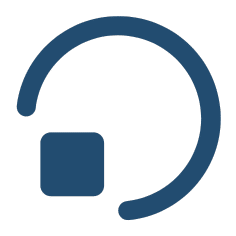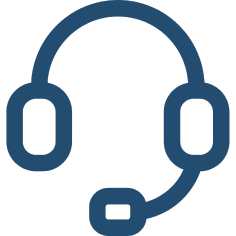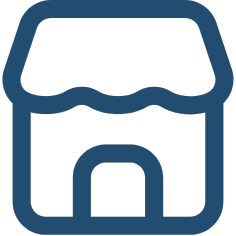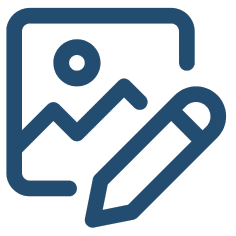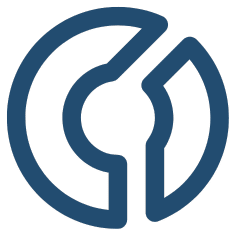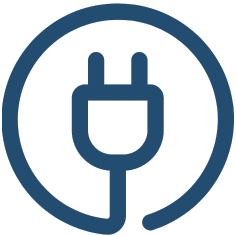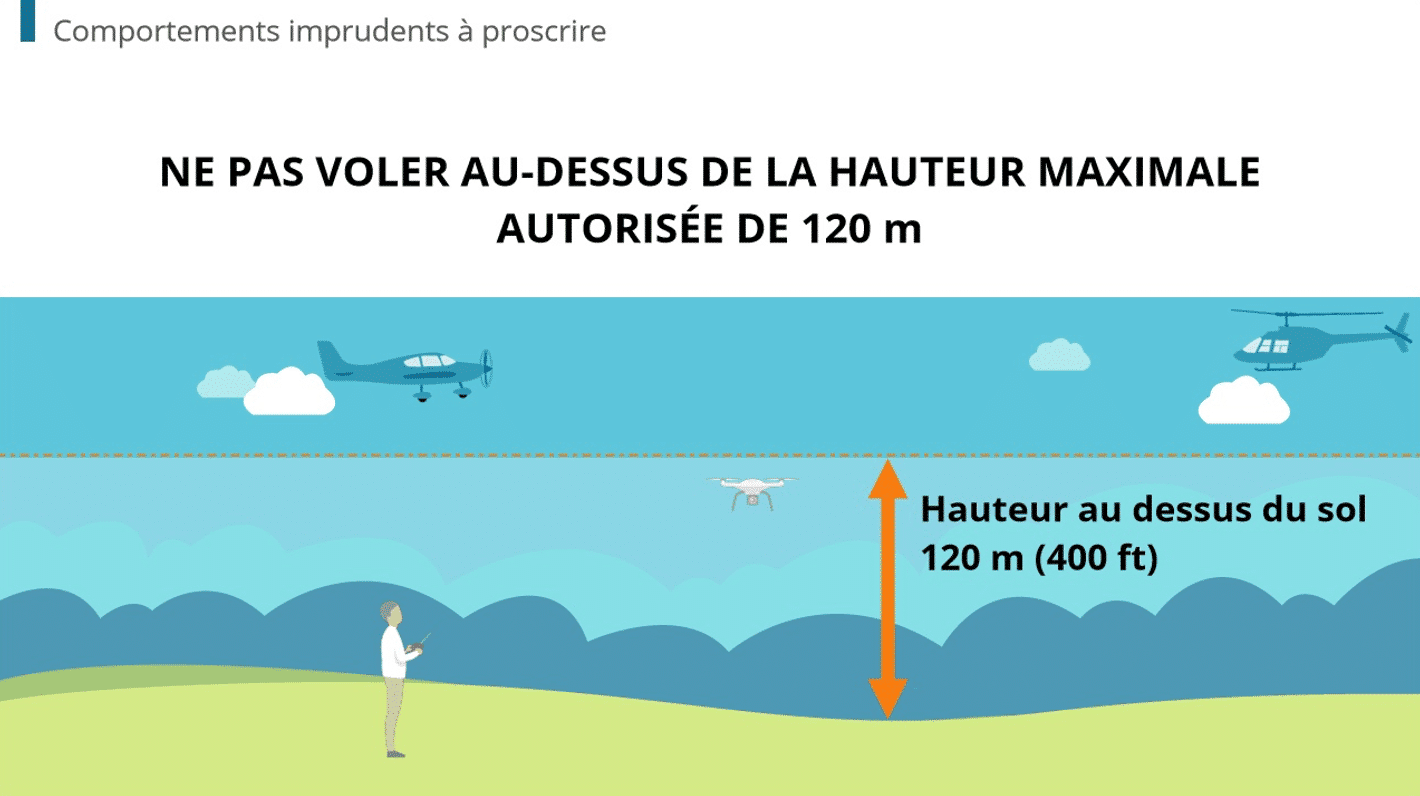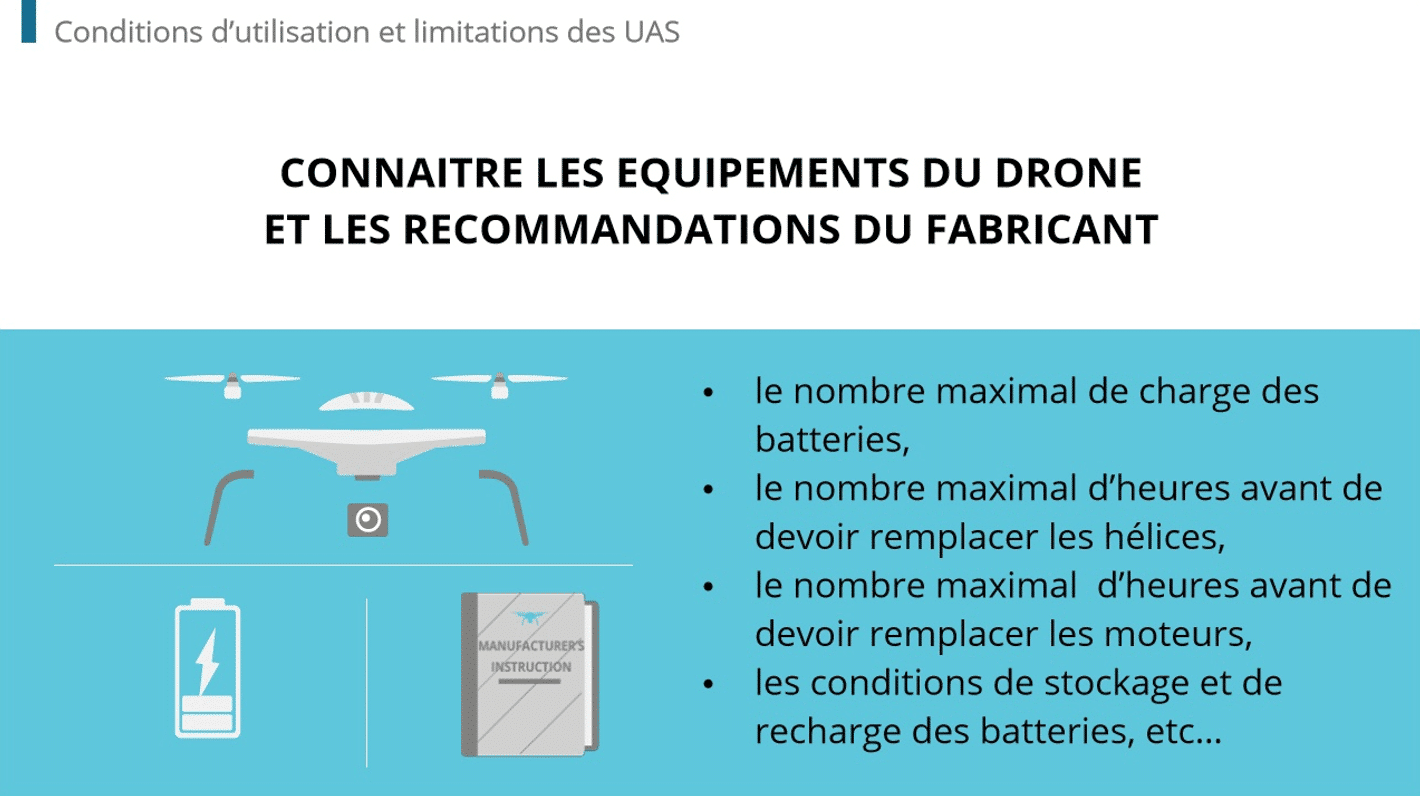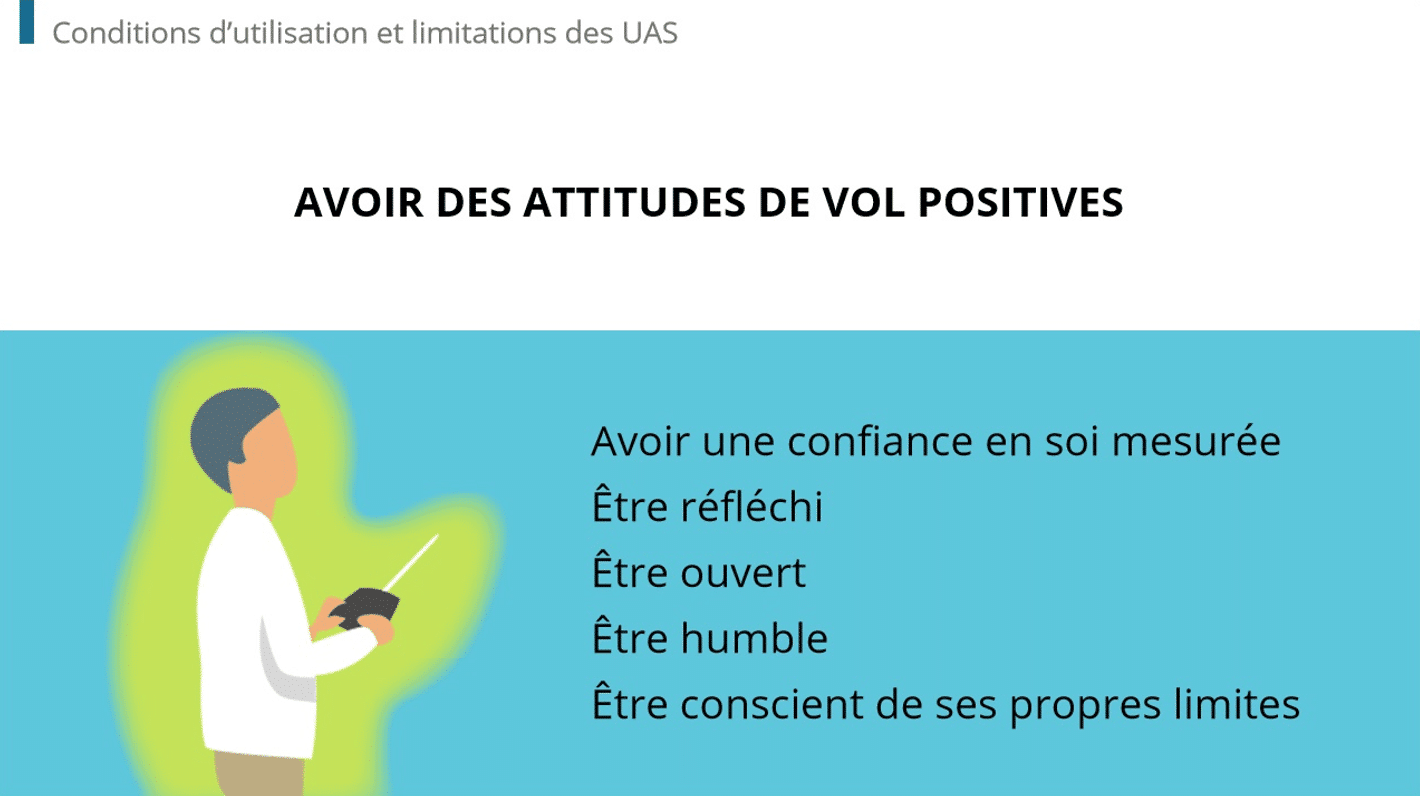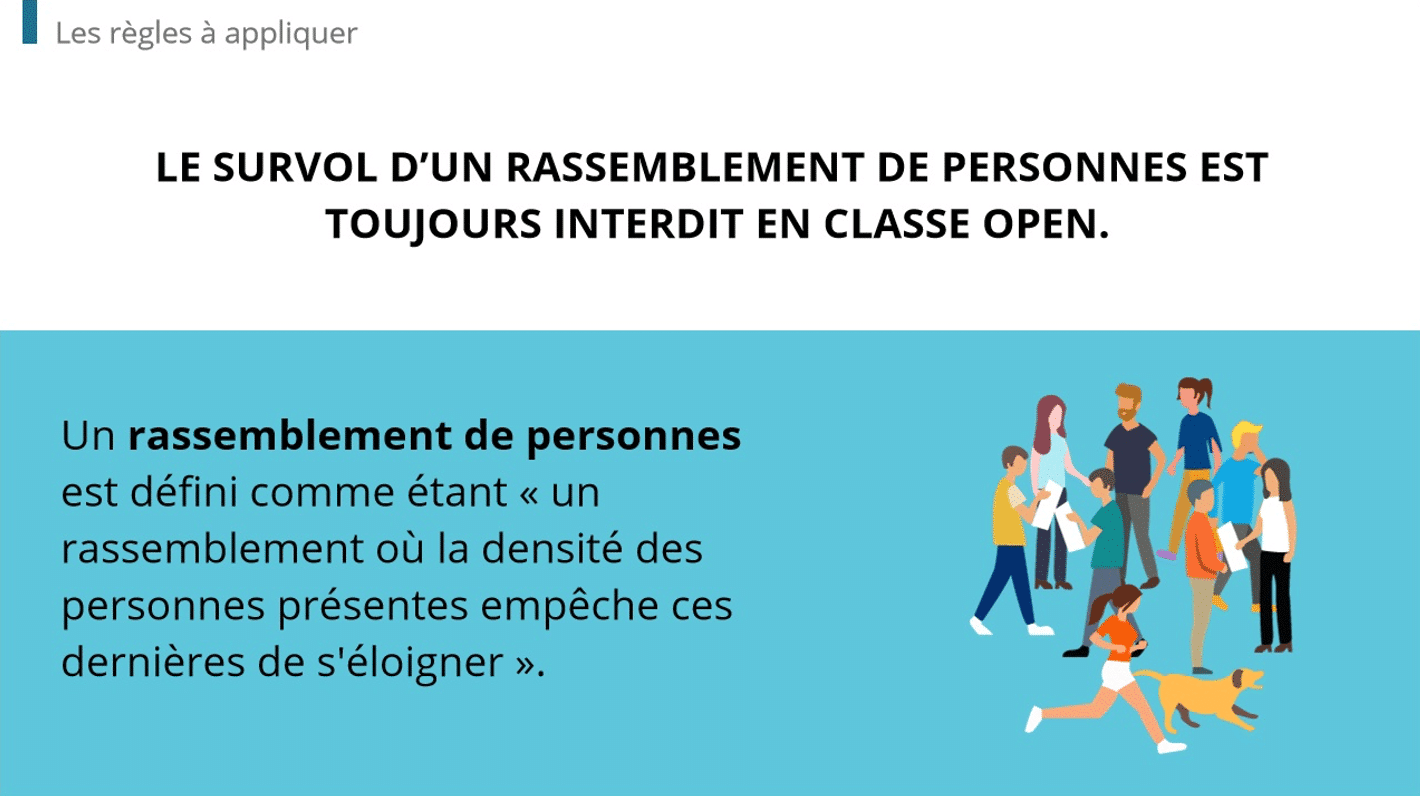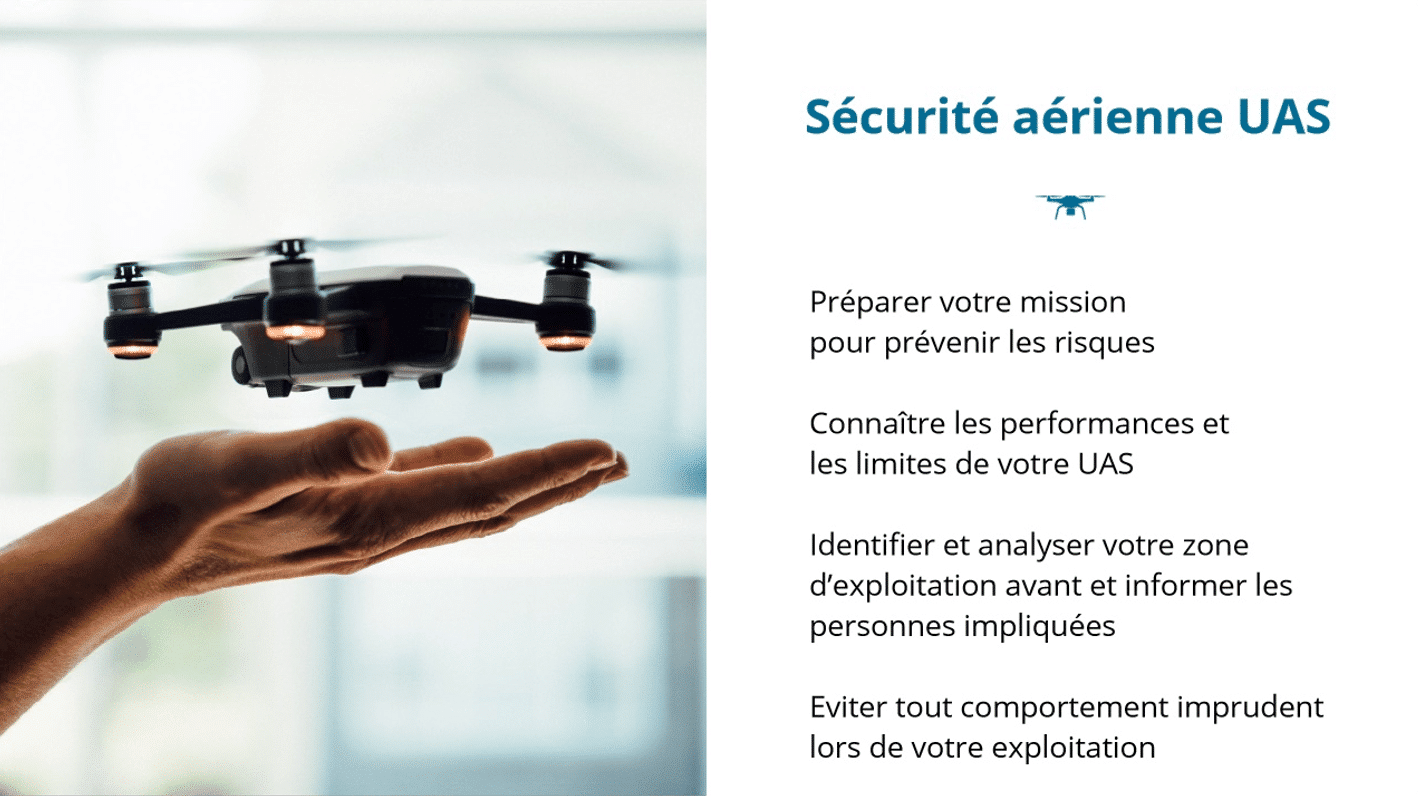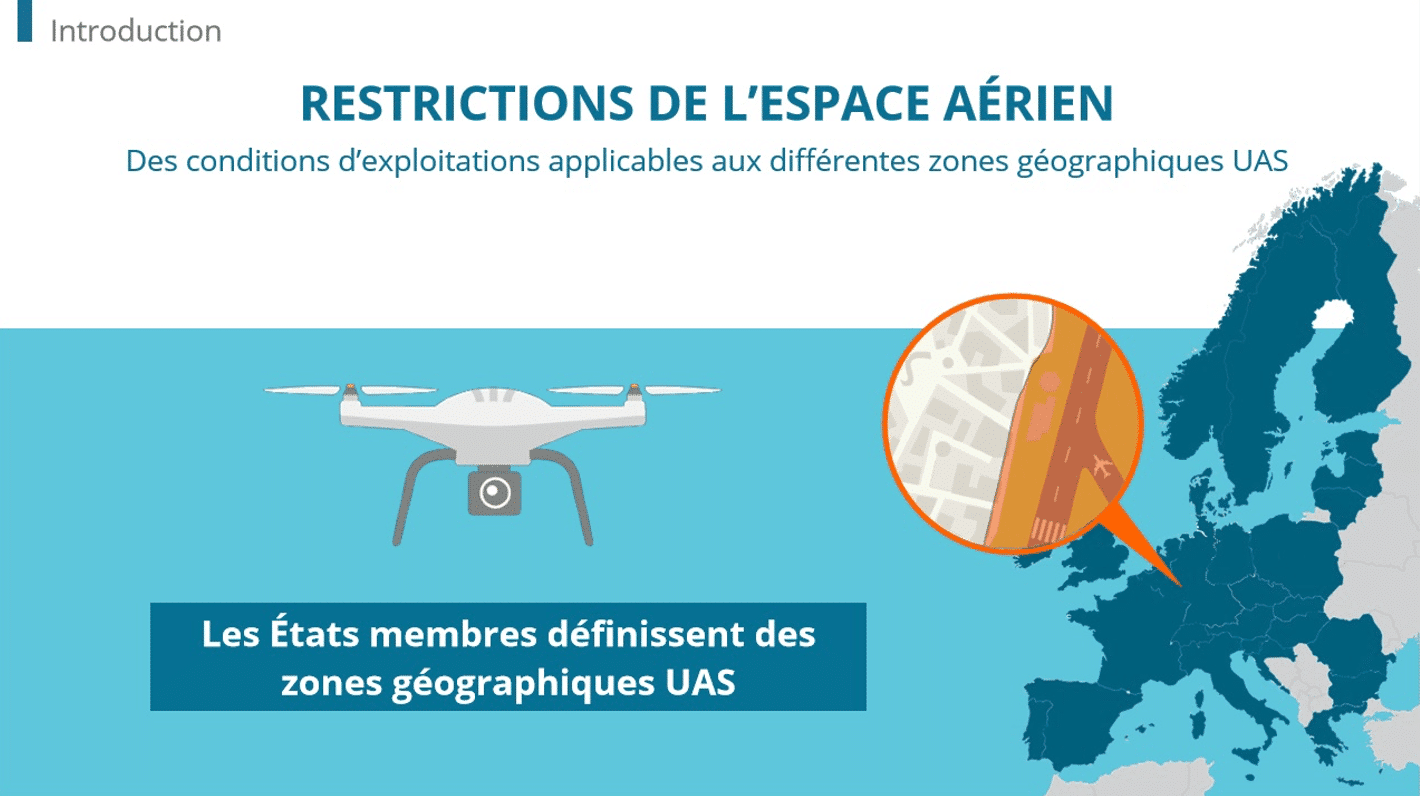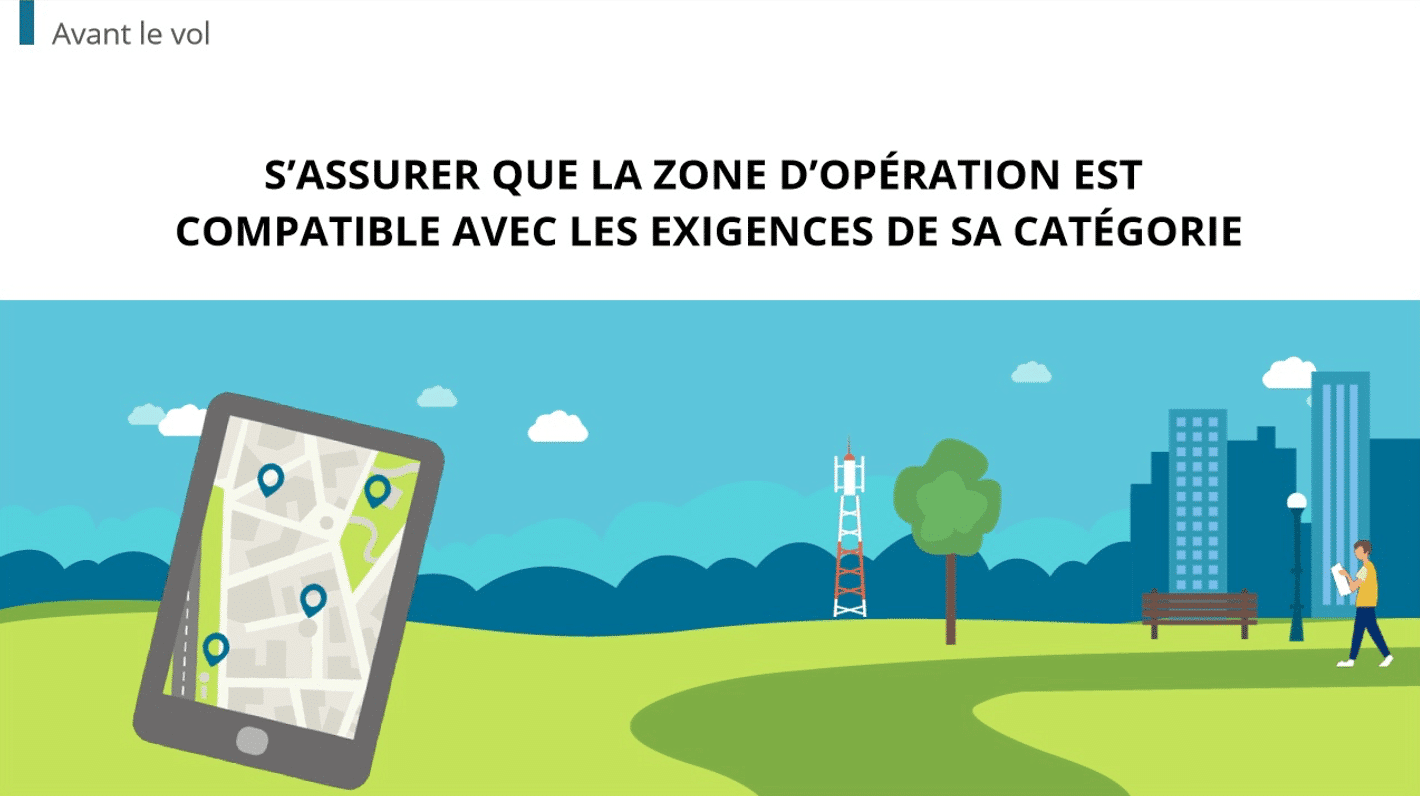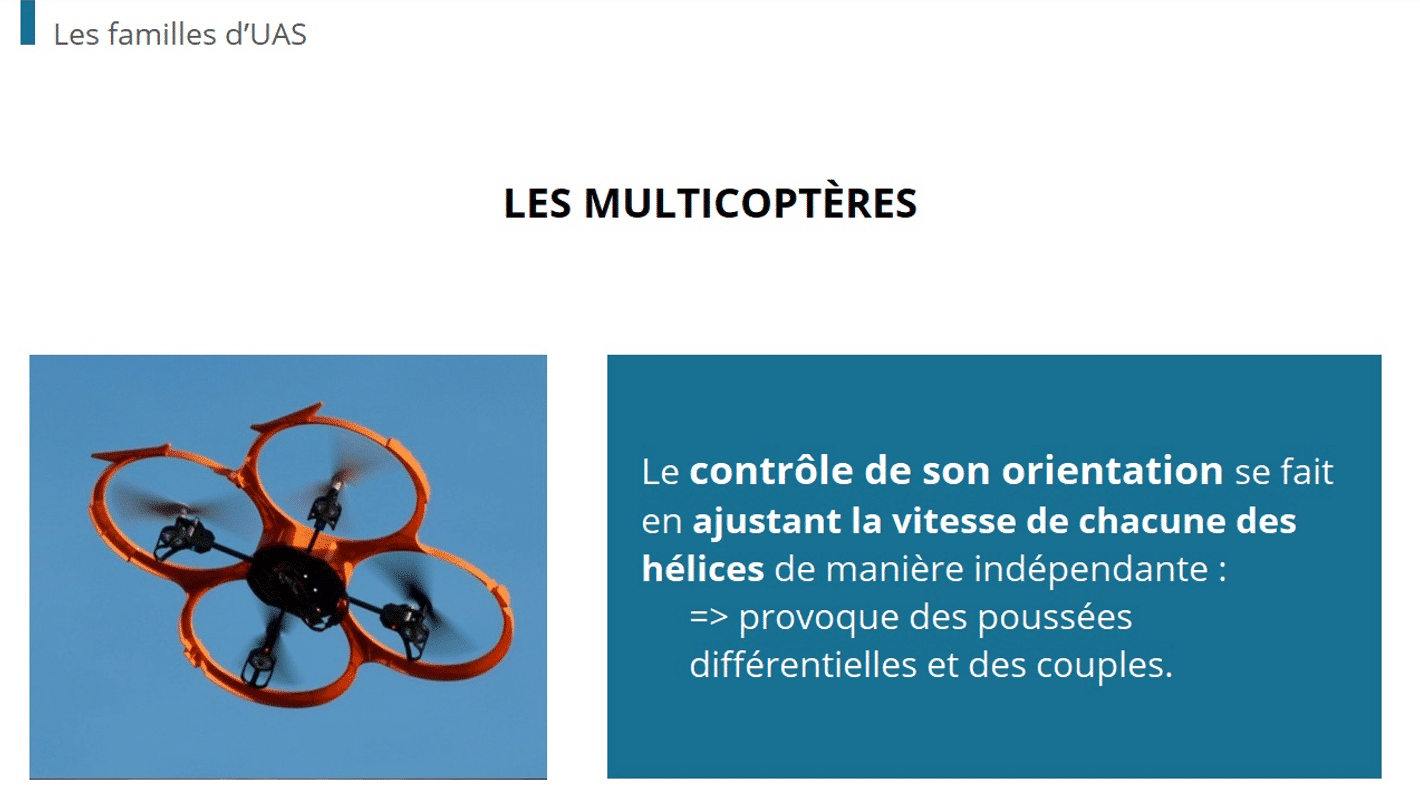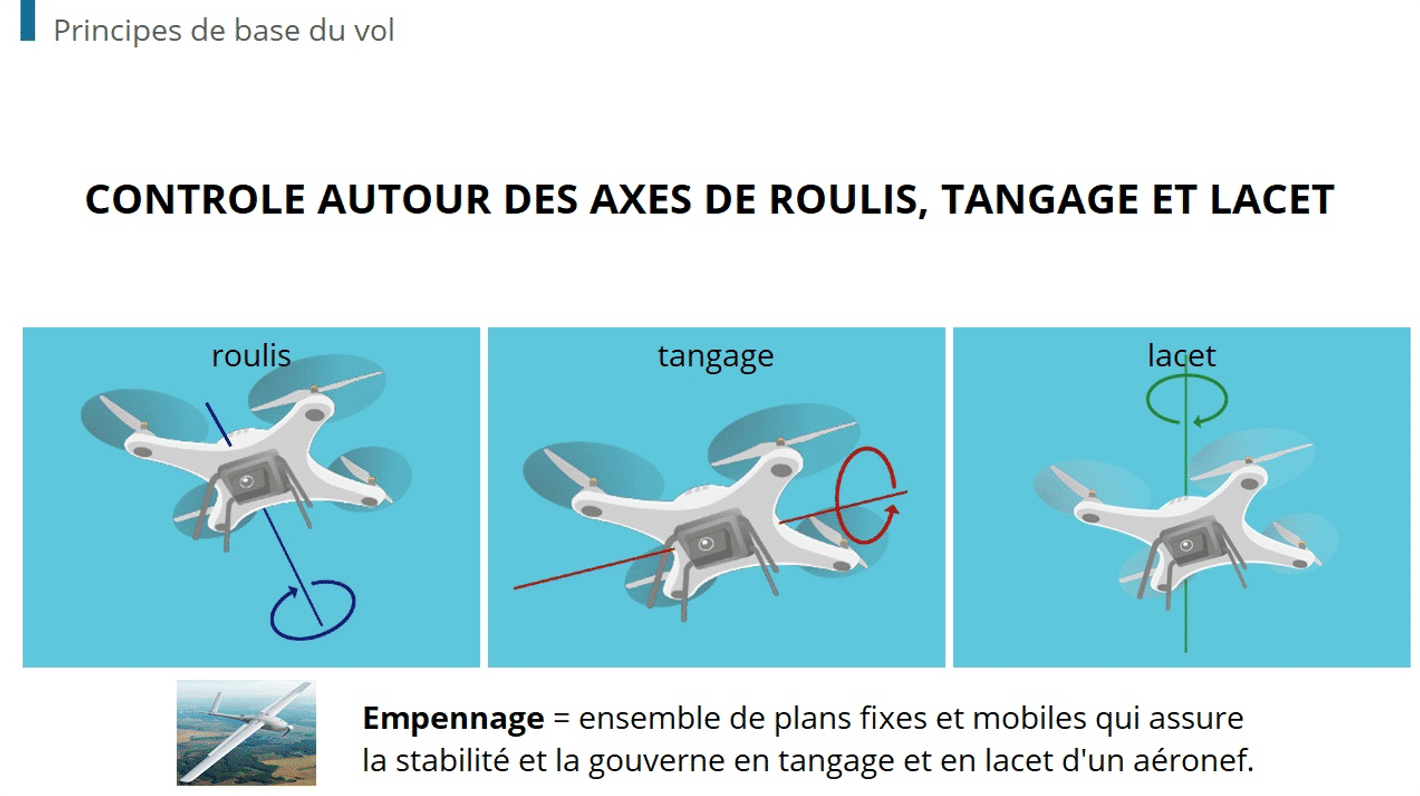Reach your learners quickly, efficiently and profitably, by offering them e-learning content on Facebook and the opportunity to learn from their peers.
Studies have shown that Facebook can facilitate learning. Creating e-learning groups on Facebook, sharing of specific and/or additional content, and participating in online discussions are all effective strategies used by e-learning professionals.
1. Create a social learning space
Being hyper-connected, young employees are usually very comfortable with social networks and enjoy interacting with their peers. Creating a Facebook page dedicated to e-learning courses allows learners to ask questions, express their ideas, and share feedback on tasks that are part of the curriculum. It’s a great way to increase their commitment, particularly for asynchronous courses. Why not encourage them to work in groups? Show your students that there is much to learn – and not just from you and your e-learning modules, but from their peers too.
2. Remind learners that you exist
Stay in touch with your learners (and other professionals in the sector) by using messaging and Facebook chat. Learners can ask you questions directly when you’re online – it’s faster than email! You’re free to send reminders to your learners about upcoming events such as webinars, live course sessions and assessments – these types of notifications are always appreciated.
3. Make them want to return
Offer your learners free additional resources such as e-books, videos and other presentations. Help your learners complete their current modules. Provide them with guides and additional instructions to reduce the number of questions about complex parts of the course. Create a desire to undertake new modules!
4. Split your e-learning content on Facebook
Aim for posts that are short, eloquent and catchy (or engaging). These achieve more likes, comments and shares. How can you attract their attention and increase their memorization? Leave them hanging by spacing out the information from your e-learning modules over a series of episodes! Don’t forget visuals such as photos, videos and animations, which increase the level of attention and engagement.
5. Seek feedback
Conducting polls on Facebook is a great way of identifying the weaknesses of your modules and assessing your learners’ satisfaction. You can even use your Facebook community to test new concepts before fully developing them into a new course. You’ll find you spend less resource on research and development.
Your Dokeos Manager LMS lets you set up a social and collaborative e-learning solution for your business. For more advice on developing your e-learning strategy, please contact us!








